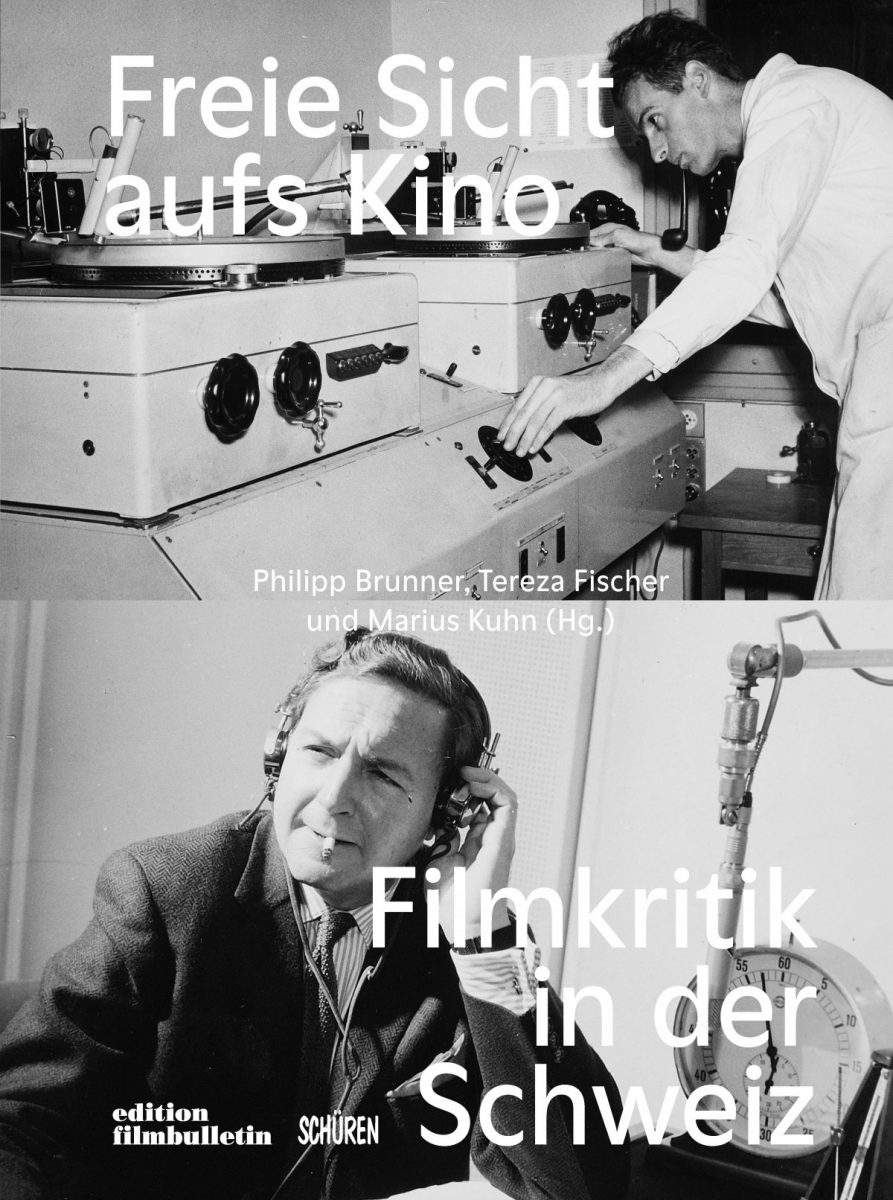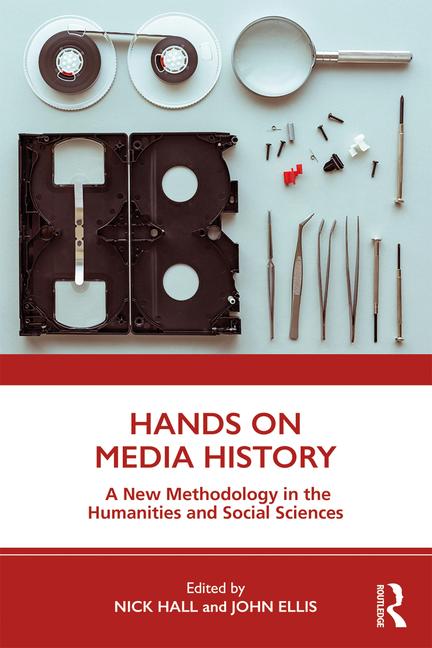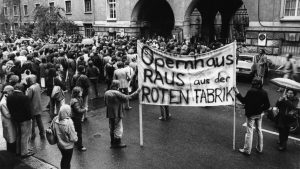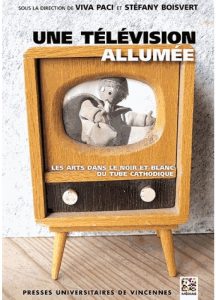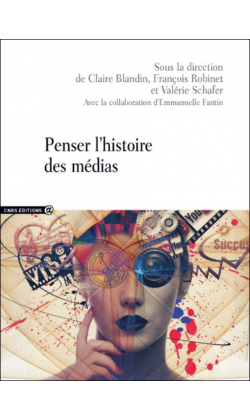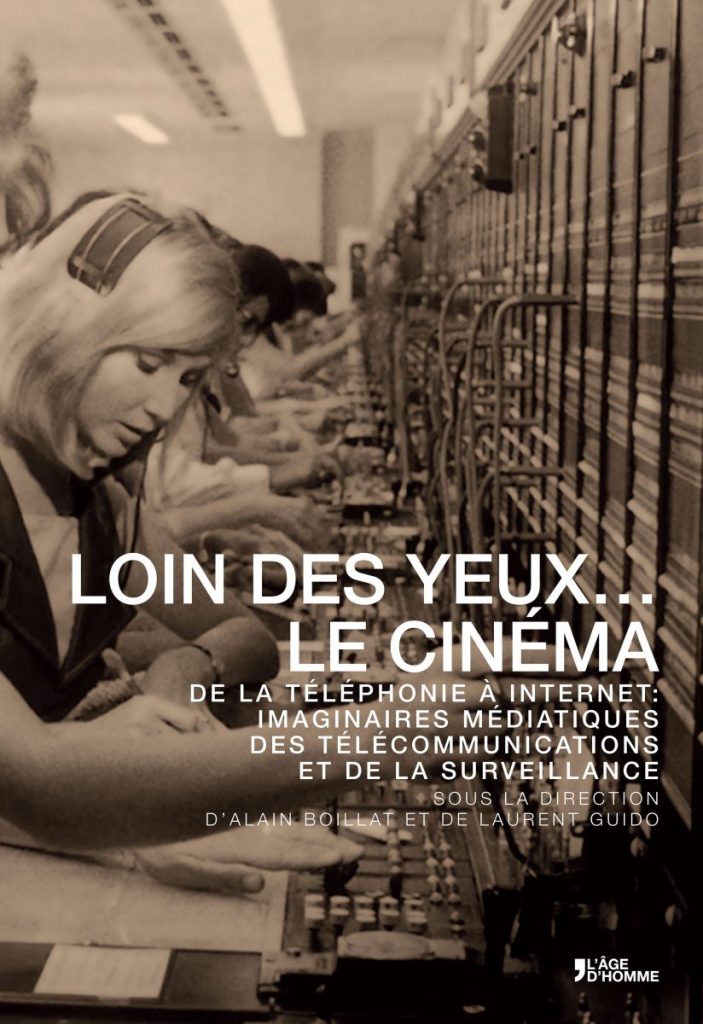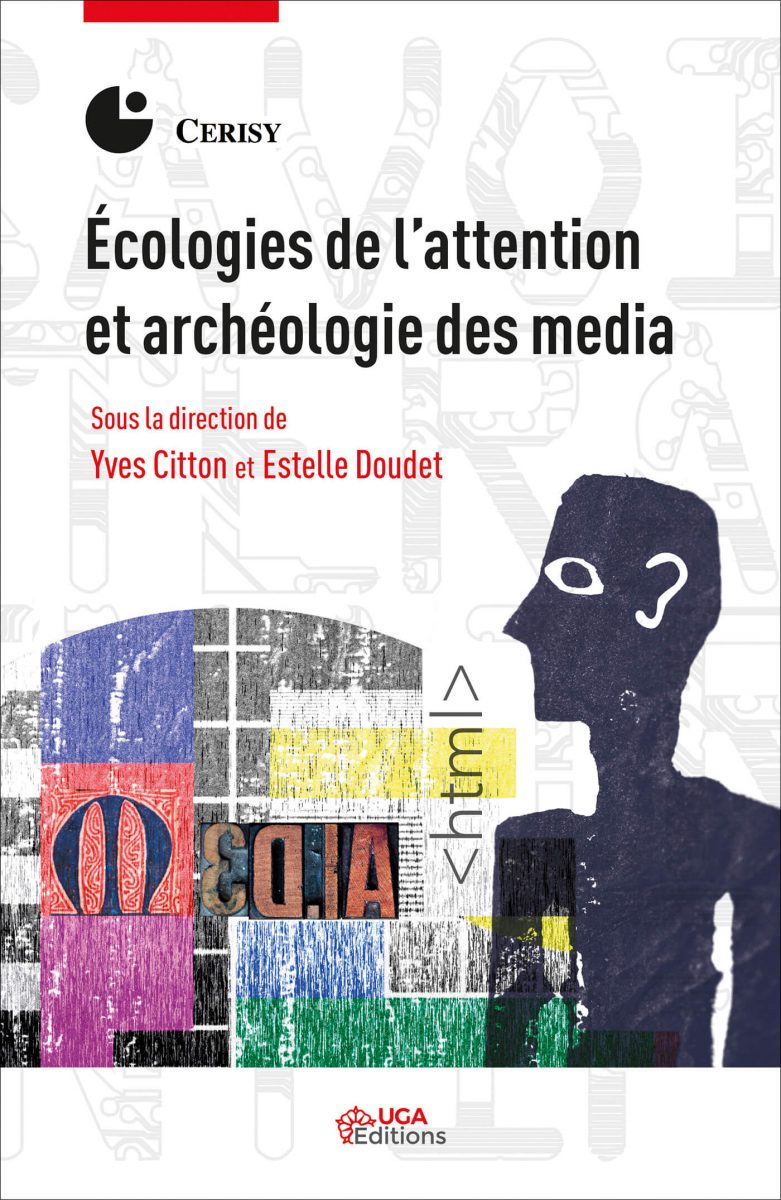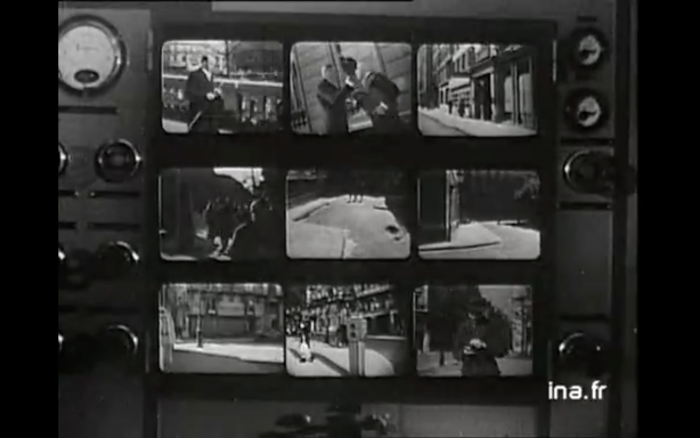Benoît Turquety, de la Section histoire et esthétique du cinéma de l’Université de Lausanne, a publié en octobre dernier l’ouvrage « Inventing Cinema: Machines, Gestures and Media History » chez Amsterdam University Press. L’étude des machines du cinéma constitue le cœur de ce livre qui analyse notamment la manière dont elles se reconfigurent selon les pratiques et les conditions historiques et culturelles dans lesquelles elles s’inscrivent.
Ce livre fait partie des recherche menées au sein du Groupe de recherche Dispositifs de la Faculté des lettres de l’Université de Lausanne, et en particulier du projet Épistémologie des médias numériques dont Benoît Turquety est responsable. L’ouvrage est également lié au réseau de recherche international TECHNÈS.
Présentation:
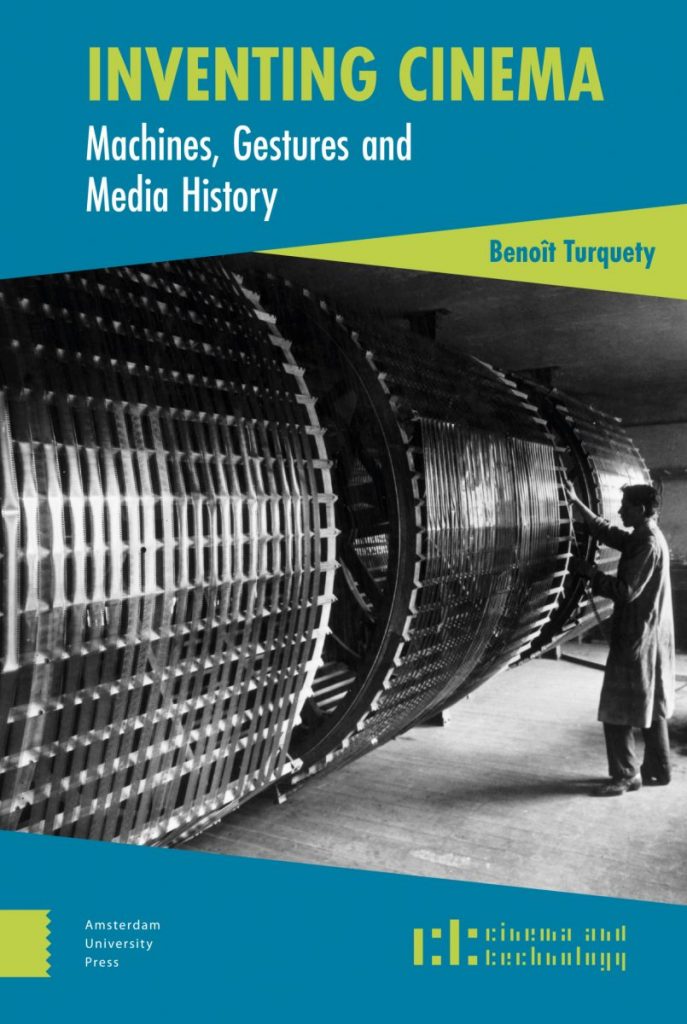
« With machines mediating most of our cultural practices, and innovations, obsolescence and revivals constantly transforming our relation with images and sounds, media feel more unstable than ever. But was there ever a « stable » moment in media history? Inventing Cinema proposes to approach this question through an archaeology and an epistemology of media machines. The archaeology analyses them as archives of users’ gestures, as well as of modes of perception. The epistemology reconstructs the problems that the machines’ designers and users have strived to solve, and the network of concepts they have elaborated to understand these problems. Drawing on the philosophy of technology and anthropology, Inventing Cinema argues that networks of gestures, problems, perception and concepts are inscribed in vision machines, from the camera obscura to the stereoscope, the Cinématographe, and digital cinema. The invention of cinema is ultimately seen as an ongoing process irreducible to a single moment in history. »
